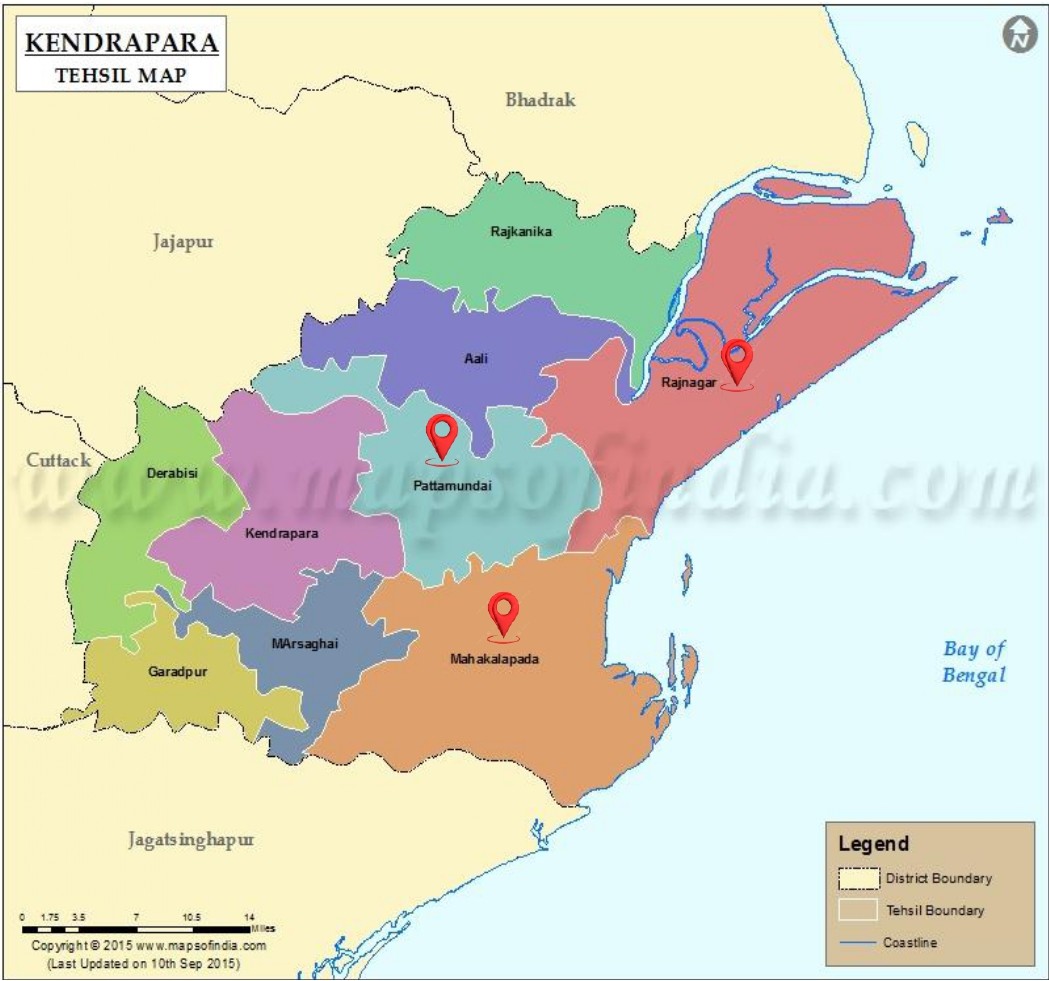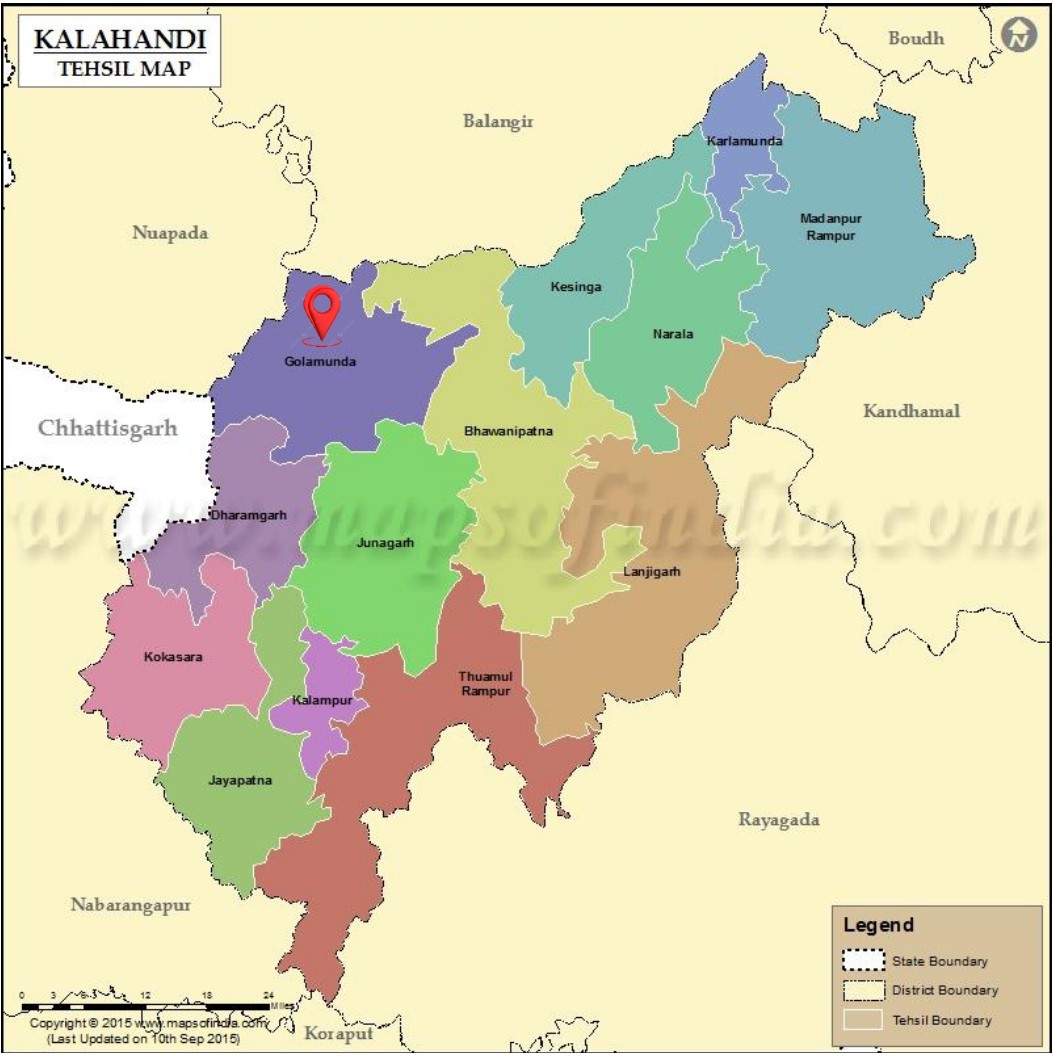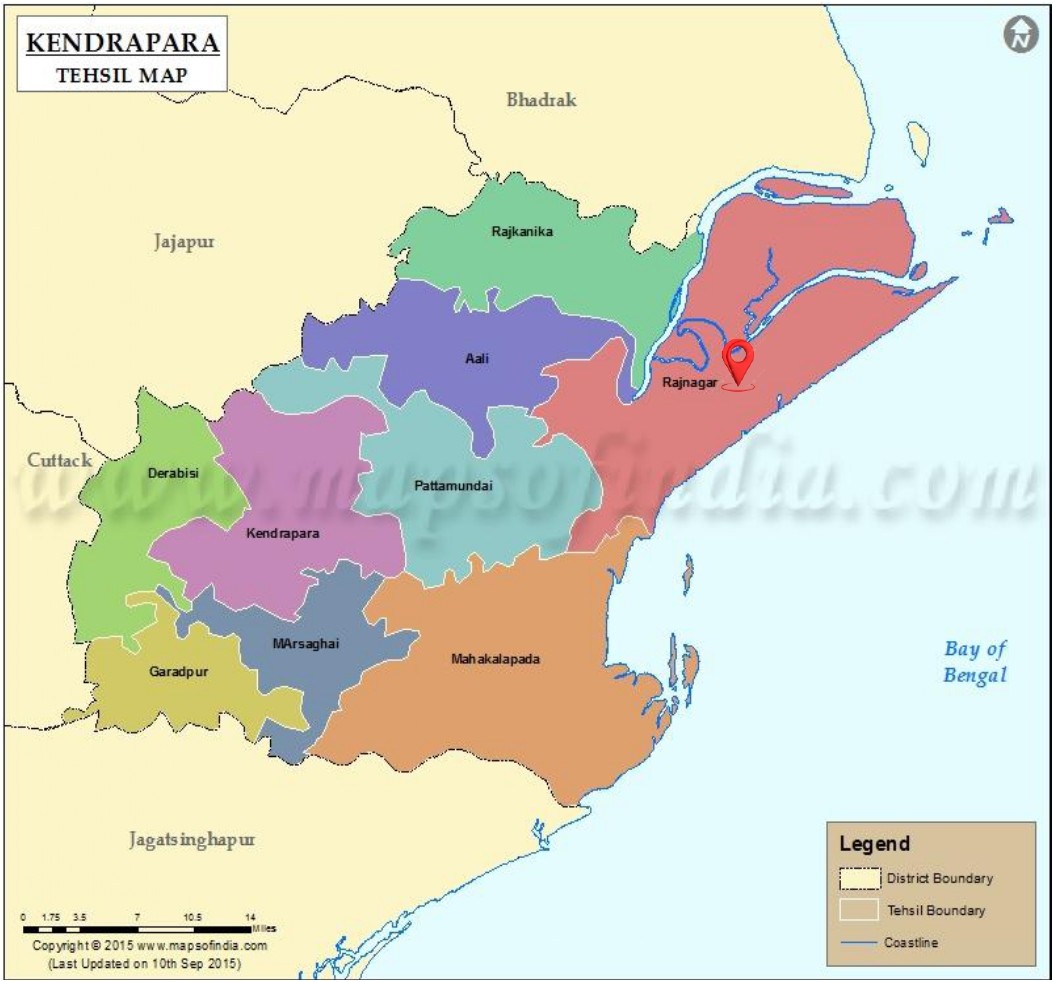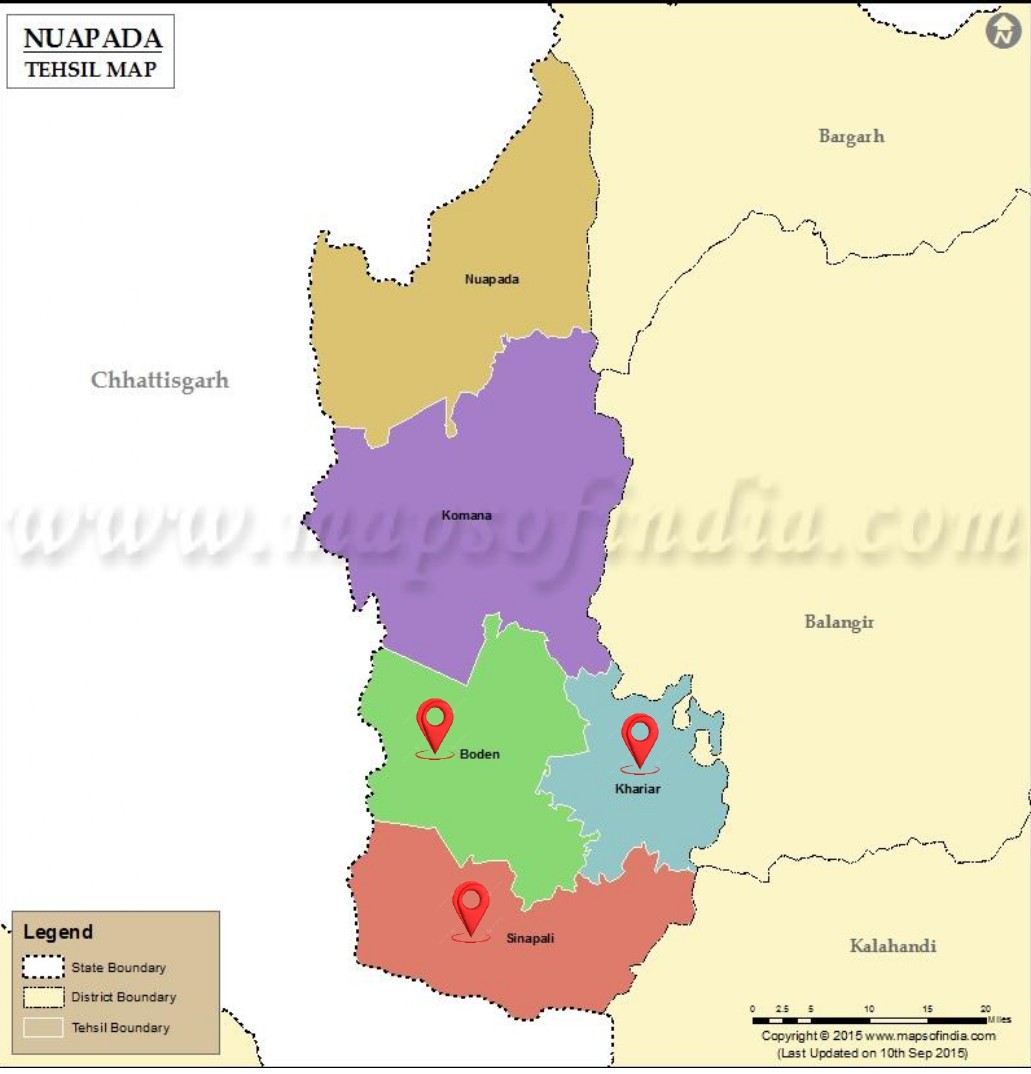+91 9439400352 | 7504893215
What We Do?
Our Impact
Our initiatives directly and indirectly impact approximately 50,000 individuals through carefully designed, need-based development projects. We also extend our influence by collaborating with vital networks and forums at the state level.
Our innovative programs, including Community Radio and Mobile Van, significantly amplify our outreach, disseminating crucial awareness on critical issues such as health, nutrition, and sanitation across the entire state.
Our dedication is focused on uplifting the most vulnerable segments of society. Our key beneficiaries and target groups include:
Marginalized Children & Youth
Women & Adolescents
Scheduled Castes & Tribes
Differently-Abled People
Farmers & Forest Dwellers
Unorganized & Migrant Workers
Landless & Destitute Individuals
Income Poor & Vulnerable
Disaster Victims
Our Initiatives
Objective: To build resilience against environmental challenges, reduce vulnerability to disasters, combat climate change, and promote sustainable development practices.
Objective: Focused on improving the quality of education in Government Primary Schools, fostering an environment for effective learning and holistic development.
Objective: To enhance the health and nutritional status of vulnerable populations through targeted interventions and awareness campaigns.
Objective: To enhance the participation and ownership of marginalized communities in sustainable water management and livelihood generation initiatives.
Our Reach
We work intensively across 90 villages in 3 key districts of Odisha: Nuapada, Kendrapara and Kalahandi. Our projects combine environment, education, health, water and livelihood to reach nearly 50,000 people.

Along the Kendrapara coast, especially in Rajnagar, Pattamundai and Mahakalapada, Chale Chalo works with local communities to restore and protect mangrove forests. These ecosystems act as natural shields against cyclones and tidal surges, while sustaining fisheries and livelihoods.

In Golamunda and neighbouring blocks of Kalahandi, we address chronic under-nutrition, maternal health and adolescent wellbeing through village-level health workers, SHGs and convergence with public services.

Working with Government primary schools across Kendrapara district, especially in Kendrapara, Pattamundai and Mahakalapada blocks, we support foundational learning, teacher mentoring and community-led school improvement.

In the drought-prone district of Nuapada, particularly in Boden, Khariar and Sinapali blocks, we focus on micro-water security plans, water body restoration, farm-based livelihoods and climate-resilient agriculture.

Making a Difference
At Chale Chalo, our commitment translates into tangible results. We're proud to share the significant progress we've made in key areas, directly improving lives and fostering sustainable development in the communities we serve.